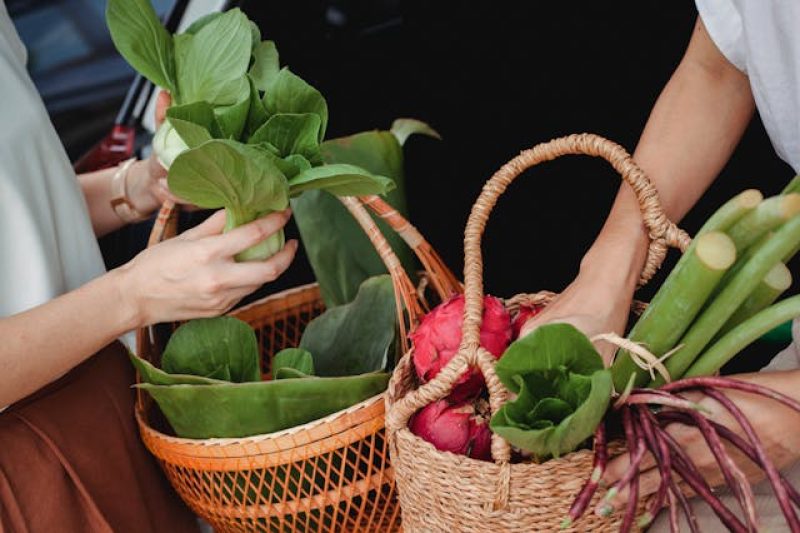There is a quiet revolution happening in global consumer behavior — not driven by poverty, recession, or panic, but by conscious rejection of excess.
The trend is not “saving money.” It’s buying fewer things, but choosing better things.
Consumers in 2026 are no longer loyal to brands. They are loyal to **their own standards.**
📉 The Death of “More, More, More” Consumerism
For years, retail, fashion, tech, and beauty brands relied on one rule:
If you release enough new products, people will keep buying them.
Not anymore.
In surveys across US, EU, UAE, India, and Southeast Asia, the most common buying mindset in 2026 is:
- “I don’t want more things — I want the right things.”
- “I prefer one product that lasts instead of five cheap ones.”
- “Clutter stresses me more than money does.”
Brands that built revenue on product variety are struggling. Brands built on product **purpose** are thriving.
📊 Data Behind the Shift
| Category | Unit Sales | Revenue |
|---|---|---|
| Fast Fashion | -18% | -13% |
| Premium Fashion | -6% | +9% |
| Low-cost electronics | -12% | -8% |
| High-end devices | -3% | +11% |
| Budget home décor | -16% | -10% |
| Luxury/home essentials | -2% | +15% |
People are buying less often, but when they buy, they’re willing to spend more per purchase.
🔍 Why People Are Choosing “Fewer but Better”
- Clutter creates mental stress and decision fatigue
- People want items that match identity, not trends
- Disposable goods feel wasteful and unethical
- Smaller living spaces force intentionality
- AI reviews expose low-quality products instantly
- The resale economy makes premium items feel “safer” to buy
The new question isn’t: “How much does it cost?” It’s: “Will I still use this one year from now?”
🛍️ The New Spending Pyramid
| Old Spending Logic | 2026 Spending Logic |
|---|---|
| Buy many cheap items | Buy 1–2 high-quality versions |
| Impulse shopping | Research-led intentional buying |
| Brand loyalty | Ingredient, material, or ethics loyalty |
| Seasonal “hauls” | Long-term capsule purchases |
This is not minimalism as “own nothing.” It’s minimalism as **“own what matters.”**
🏷️ What This Means for Brands
✅ Flooding customers with SKUs is outdated
✅ Reviews matter more than ads
✅ Product lifespan becomes a selling point
✅ Story + ethics + quality > “New arrival” hype
✅ Scarcity beats abundance
✅ Long-term use beats seasonal use
The most profitable brands of the next decade will sell:
Fewer products, higher durability, stronger meaning.
📦 Industries Already Affected
- Fashion → “capsule wardrobe” growth + resale platforms booming
- Home goods → decluttering, rental furniture, quality cookware
- Tech → fewer upgrades, longer device life cycles
- Beauty → multi-use products replacing 7-step routines
- Kids products → rent, swap, pass-down instead of buy-every-stage
Where We Track Global Consumption Psychology & Retail Shifts
We study buying behavior, retail collapse patterns, and product evolution models at modern business + consumer insight platform.
Final Thought
The future customer doesn’t want shelves full of products. They want a life full of space, meaning, and intentional choices.
Minimalism isn’t anti-buying. It’s anti-waste.
And the brands that survive will be the ones that stop selling “more” and start selling “enough.”
